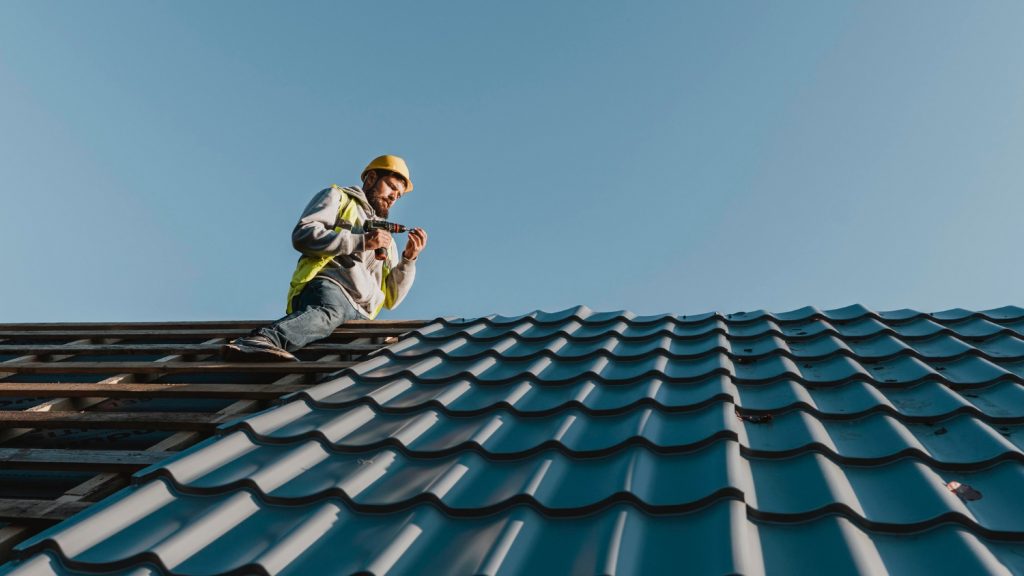Comprehensive Guide to Roof Maintenance: Extend the Life of Your Roof

The roof is one of the most critical components of a residential, commercial, or federal construction property, providing protection against the elements and ensuring a comfortable and safe indoor environment. With the diverse weather conditions common in Pensacola, FL, including intense sunlight, heavy rain, and strong winds, it is essential for property owners to prioritize regular roof maintenance to maximize the lifespan of their roofing system and minimize potential damage. A well-maintained roof can save you time and money, preventing costly repairs or premature replacement.
In this comprehensive guide to roof maintenance, we will discuss everything you need to know about preserving the integrity of your roofing system in Pensacola, FL, focusing on the best practices, tips, and techniques for both residential and commercial roofing upkeep. We aim to provide you with valuable insights to help you set up a successful maintenance routine, ensuring that your roof remains in optimal condition for years to come.
1. Importance of Regular Roof Inspections
Scheduling regular roof inspections is a vital component of a successful roof maintenance plan, allowing property owners to identify and address potential issues before they escalate. Consider the following tips for effective roof inspections:
– Frequency: Aim to inspect your roof at least twice a year – once in the spring and once in the fall. Additionally, it is crucial to inspect your roof after severe storms or other weather events that could potentially damage your roofing system.
– Professional assistance: While you can perform basic visual inspections yourself, it is recommended to enlist the help of a professional roofing contractor to conduct thorough evaluations. Roofing experts have the knowledge and experience to identify issues that may not be apparent to an untrained eye.
– Document findings: Keeping records of your roof inspections, including photos and notes on any issues identified, will help you track the condition of your roofing system over time and inform future maintenance decisions.
2. Essential Roof Maintenance Tasks
Regular preventive maintenance is key to extending the life of your roof and maintaining its performance. Below are some essential maintenance tasks to include in your routine:
– Clear debris: Remove leaves, branches, and other debris from your roof and gutters regularly to prevent water buildup and potential damage.
– Check for damage: Inspect your roofing materials, flashing, and vent covers for signs of wear, damage, or deterioration. Repair or replace damaged components promptly to prevent further issues.
– Maintain gutters and downspouts: Ensure that your gutters and downspouts are free from clogs, which can lead to water overflow and negatively impact your roof, foundation, and siding.
– Trim overhanging branches: Overgrown tree branches can scrape against your roof, causing damage to the roofing materials. Regularly trim branches to minimize the risk of roof damage and prevent debris accumulation.
3. Roof Maintenance Tips for Different Roofing Materials
Different roofing materials require specific maintenance practices and considerations. The following tips can help you maintain your roof, whether it is composed of asphalt shingles, metal, or tile:
– Asphalt shingles: Inspect for curled, cracked, or missing shingles, and replace them promptly to maintain the integrity of your roof. Keep your roof clean to prevent algae growth, which can cause discoloration and reduce the effectiveness of your roofing materials.
– Metal roofing: Regularly clean your metal roof to prevent rust and pitting. Apply a protective coating to reduce oxidation and enhance the roof’s appearance. Check for fastener issues and correct any loose, missing, or damaged components to ensure proper attachment.
– Tile roofing: Tile roofs are known for their durability, but regular inspection is still necessary to identify broken or damaged tiles. Clear away debris to prevent moisture buildup and maintain the flow of water off your roof.
4. Understanding the Role of Roof Ventilation and Insulation
Proper roof ventilation and insulation play a vital role in the overall performance and lifespan of your roofing system. Consider the following benefits of maintaining adequate roof ventilation and insulation:
– Temperature regulation: Ventilation helps regulate attic temperatures, preventing heat buildup during the summer months and reducing the risk of ice dam formation during the winter.
– Moisture control: Roof ventilation allows moisture to escape, reducing the potential for mold growth and damage to your roofing materials.
– Energy efficiency: Adequate insulation reduces heat transfer through your roof, providing cost savings on your energy bills and decreasing your property’s overall energy consumption.
Conclusion
Implementing a comprehensive roof maintenance plan is essential for maximizing the lifespan, performance, and appearance of your property’s roofing system in Pensacola, FL. By conducting regular roof inspections, performing preventive maintenance tasks, understanding the unique needs of different roofing materials, and prioritizing proper roof ventilation and insulation, property owners can protect their investment and ensure the continued effectiveness of their roofing system.
Freeman Roofing is dedicated to assisting our clients in developing and implementing successful roof maintenance strategies for residential, commercial, and federal construction properties in Pensacola, FL. Our team of experienced professionals is well-equipped to support you in all aspects of roof upkeep, including inspections, repairs, and ongoing maintenance. Contact our Pensacola roofers today to learn how our comprehensive approach to roof maintenance can help you extend the life of your property’s roofing system and protect your investment for years to come.
